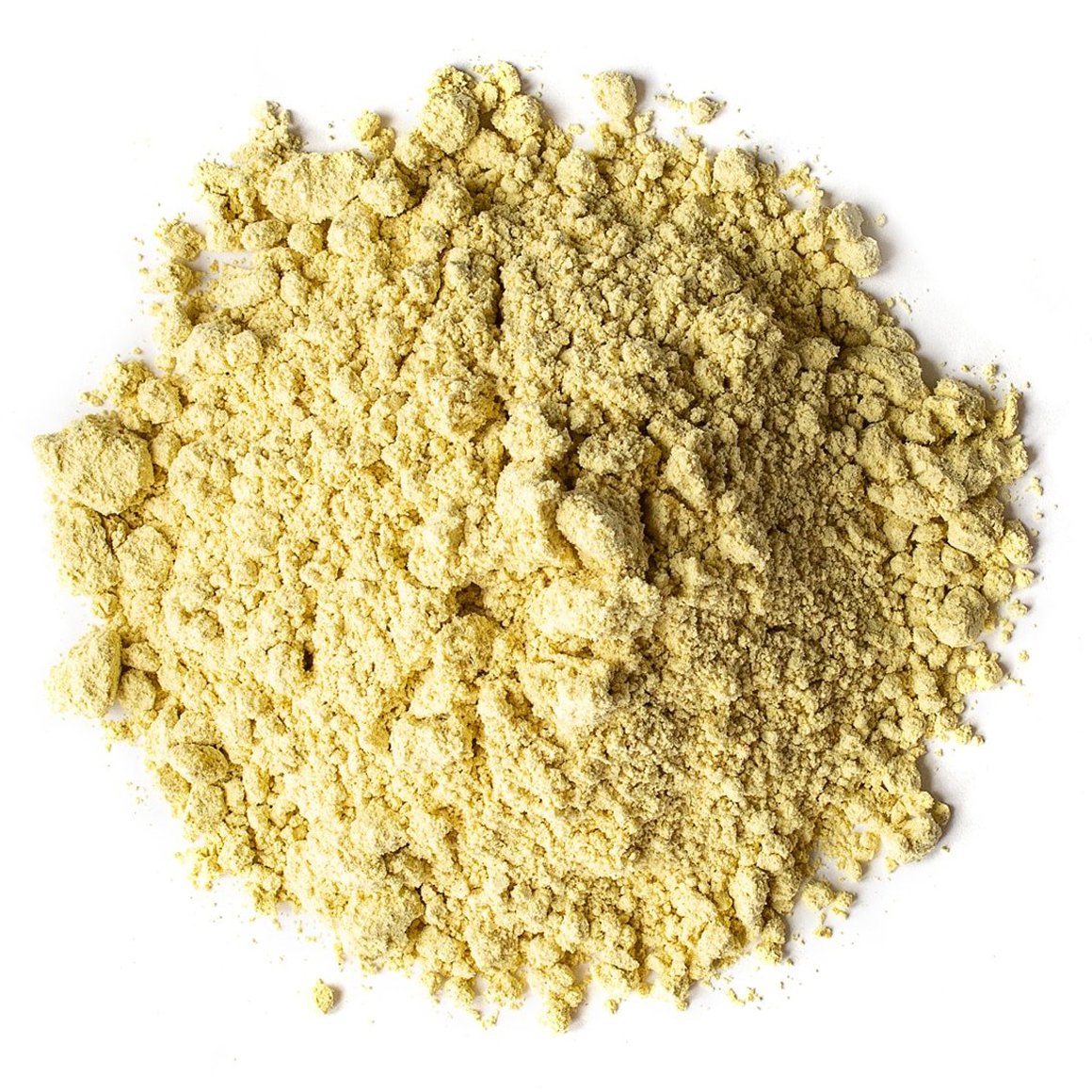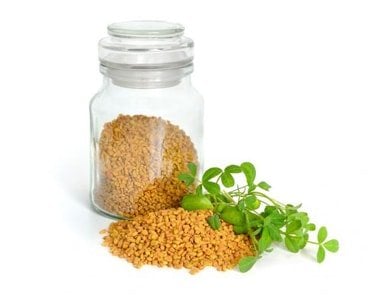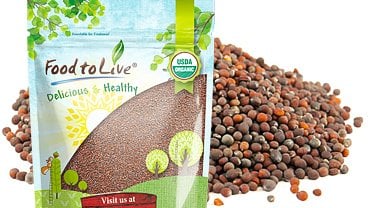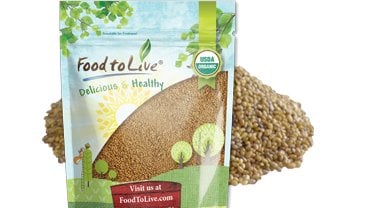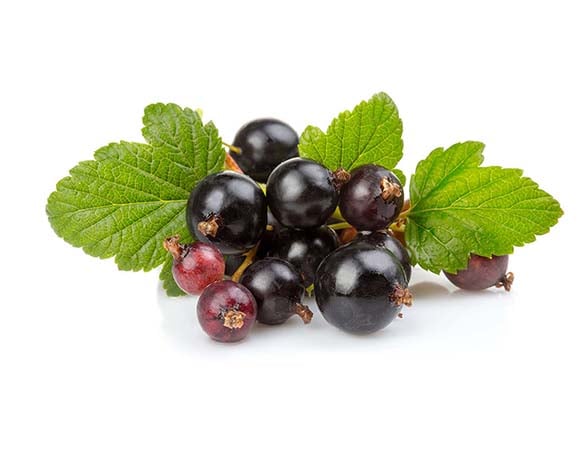January 28, 2021 · Written by Foodtolive Team
Top 10 Science-Based Health Benefits of Fenugreek Seeds
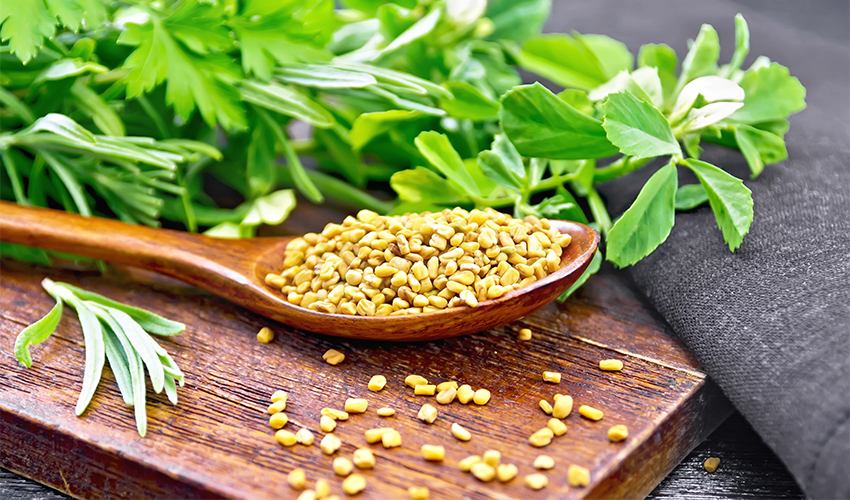
Fenugreek Plant Saga
Fenugreek is one of the most useful plants known to man. The practice of its application goes back several millennia. Philosophers loved to chew fenugreek seeds while working, so the plant gained a nickname – “philosophical clover”. Fenugreek grows in Europe, India, Argentina, Morocco, Egypt and other countries. The earliest medicinal recipes with fenugreek were found in Egyptian papyrus, recorded in the 1500s BC. At that time, the seeds of the plant were used as part of the treatment for burns. Famous medieval doctors however, expanded its uses further and attempted to treat other diseases with decoctions and infusions of the plant.
Avicenna aka the father of modern medicine, left behind several fenugreek healing medicinal recipes; throat-softening medicine, stomach ulcer treatment, a cough syrup recipe, and even infertility medicine. Avicenna strongly believed in the power of the fenugreek plant; he was certain that it’s healing properties were magical enough to even bring one back to life. The legend that has come down to us says “All his life a brilliant healer studied the properties of plants and their magical power, believed that some herbs have a special energy and are even able to resurrect the dead.” Thus, before his death, Avicenna made several decoctions of herbs and instructed his student to use them for his last experiment – his own resurrection. The student knew about the herbs collected by the teacher for this purpose, however he treated the experiment with skepticism. As the student proceeded to follow each step to bring his teacher back from the dead, he was surprised to find the cheeks of the deceased turn pink, the body temperature to rise and eyelids to tremble. He got nervous and the last flask with the “magical broth” slipped out of his hands and broke. The resurrection was unsuccessful, and the recipe for the life-giving power was forever lost. Whether this event actually took place, or was only a legend, we do not know. However, it is known for certain that the prophet Muhammad called for healing and curing with herbs, including fenugreek.
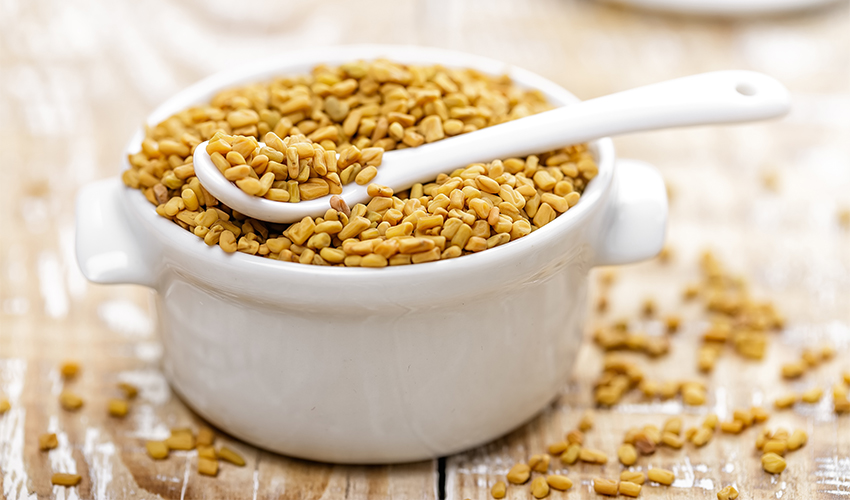
Health Benefits
With that in mind, not only is fenugreek herb strong in terms of its medicinal properties, it also holds a superb amount of nutrients. Fenugreek seeds nutrition consists of proteins, carbohydrates, potassium, phosphorus, magnesium, iron, calcium, vitamins A, C, B, PP, folic acid, carotenoids, phytosterols, amino acids, and polysaccharides. Additionally, fenugreek seeds contain mucilage, trigonelline, 4-hydroxyisoleucine, sotolon, diosgenin, luteolin, phenolic acids, and protodioscin. The essential nutrients that make fenugreek seeds a rich antioxidant are; choline, inositol, biotin, vitamin A, B vitamins, vitamin D, soluble and insoluble fiber, and iron. Furthermore, here are.
Top 10 health- benefits of Fenugreek Seeds:
- Positive effect on the functioning of the nervous, cardiac and vascular systems, normalization of fat metabolism, protection against joint diseases.
- Increases immunity, normalizes distribution of fatty deposits and enhances the regenerative abilities of organs.
- Improves emotional state, maintains a slim figure.
- Neutralizes toxins, preserves memory and attention, and protects cells.
- Helps eye health, enhances resistance to stress, converts fats and carbohydrates into energy.
- Normalizes the gastrointestinal tract, improves mood, and improves blood formation.
- Saturates cells with oxygen and normalizes water balance.
- Hold an antioxidant effect, cleanses from toxins by removing heavy metals, and stabilizes the functioning of cells.
- Reduces fatigue, nourishes the brain, and normalizes blood pressure.
- Prevents the onset of diabetes.
With that in mind, it’s important to understand that fenugreek seeds do not cure diseases.
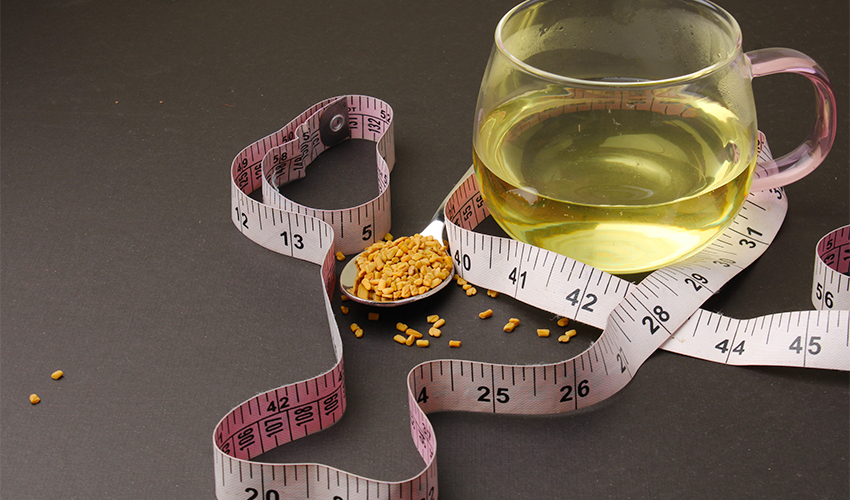
How to use/eat Fenugreek Seeds
Many find fenugreek useful for weight loss, as it is a low calorie plant (36cal/tbsp), and contains lots of fiber. Its tart aftertaste provides a feeling of fullness thus prevents overeating. When in combination with exercise, consuming fenugreek even in small portions, can produce incredible results. Fenugreek seeds also assist in cleansing the body of harmful toxins and slags, thus strengthening the immune system, and softening the effects of stress. You can add fenugreek to your tea, broth and even make body scrub with it. Simply boil crushed fenugreek seeds, allow to cool and scrub “problematic” body areas. Repeat once or twice a week. Among other beauty treatments, fenugreek seeds are used to improve hair growth. In combination with black cumin oil, it is known to strengthen hair roots and provide shine and softness.
When eating fenugreek, you will notice that it has a rather interesting taste – it simultaneously contains sweetness and bitterness, and holds notes of mushrooms and nuts. Shambhala (fenugreek) is always included in popular seasonings for chutney, curry and hop-suneli, making up to 20% of the spice mixture. Fenugreek seeds impart delicate aroma and exquisite taste to fish and meat dishes. Fenugreek powder can be added to yogurt or sauce. Because fenugreek seeds contain a lot of starch, they are also used as a thickener for gravies, sauces and soups. Fresh leaves can be added as spicy herbs to salads, marinades, sauces, and side dishes. Crushed leaves are added to vegetable dishes and to dishes with legumes.
Fenugreek seeds are used in small amounts because they can easily overpower any other spice in the mixture. This effect can often be felt in cheap curry powders that have an almost full fenugreek flavor. Do not try to grind fenugreek seeds by hand. This is clearly not a spice that can be ground with a mortar and pestle. The small yellow seeds are similar to dried corn kernels in that they have a similar rectangular shape and are very hard. It is best to use a spice grinder to grind the toasted seeds.
Fenugreek seeds can also be germinated and eaten as a separate product. To do this, rinse the seeds several times, soak them for 8-14 hours in warm, boiled water, put them in a germinator or in a jar. Rinse with cold water twice a day. The seeds should be moist, but not in water. After 3-5 days, the seedlings are ready to eat. It is best to store them in the refrigerator for a short time. Fenugreek sprouts are best consumed when they are about the length of the seed. If they grow longer, they become bitter.
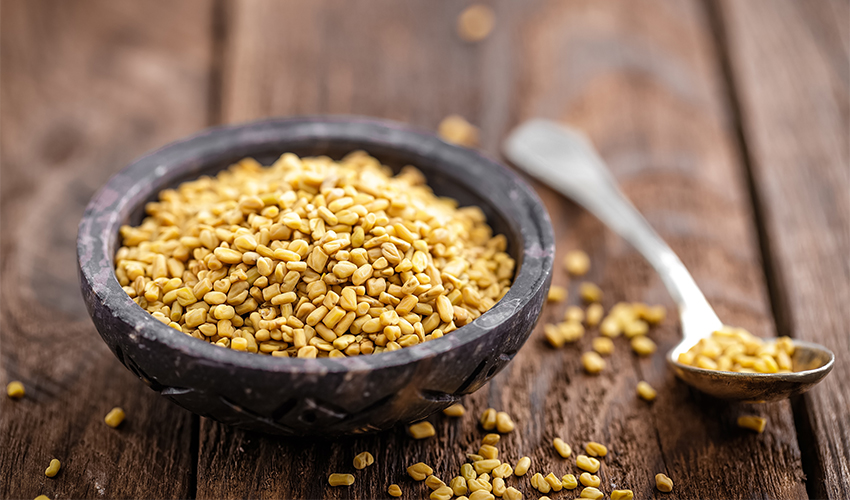
Fenugreek Seeds are not good for everyone
It is worth remembering that fenugreek should be avoided by those whose blood tests indicate an increased amount of estrogen and prolactin. Fenugreek is strongly discouraged for pregnant women as it has a tendency to tone the uterus. The next serious contraindication to the use of fenugreek-based products are insulin-dependent diabetes, asthma and thyroid disease. You should also remember about the incompatibility of helba with foxglove and plantain. Before buying fenugreek for treatment, consult your doctor and note that the maximum allowable fenugreek seeds dosage is 100 grams. Sometimes, with too frequent and abundant use of this product, fenugreek seeds side effects may appear. These include: stomach discomfort, nausea, diarrhea and more. However, as these side effects have been reported previously, they are not always recorded when using the seeds. If you experience any side effects after consuming fenugreek seeds, immediately contact your doctor.
References:
https://pubmed.ncbi.nlm.nih.gov/30000838/

